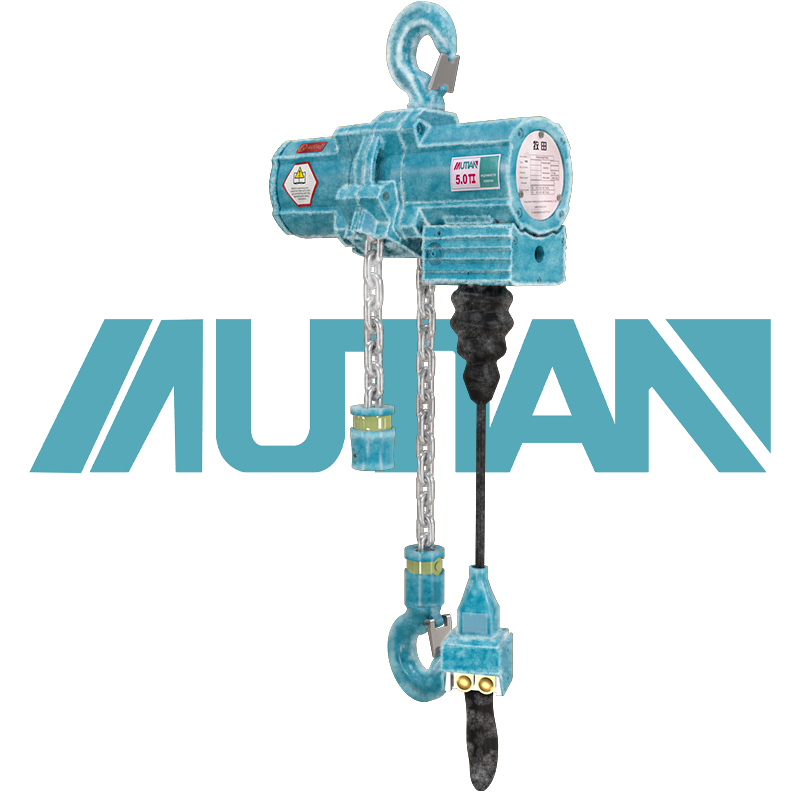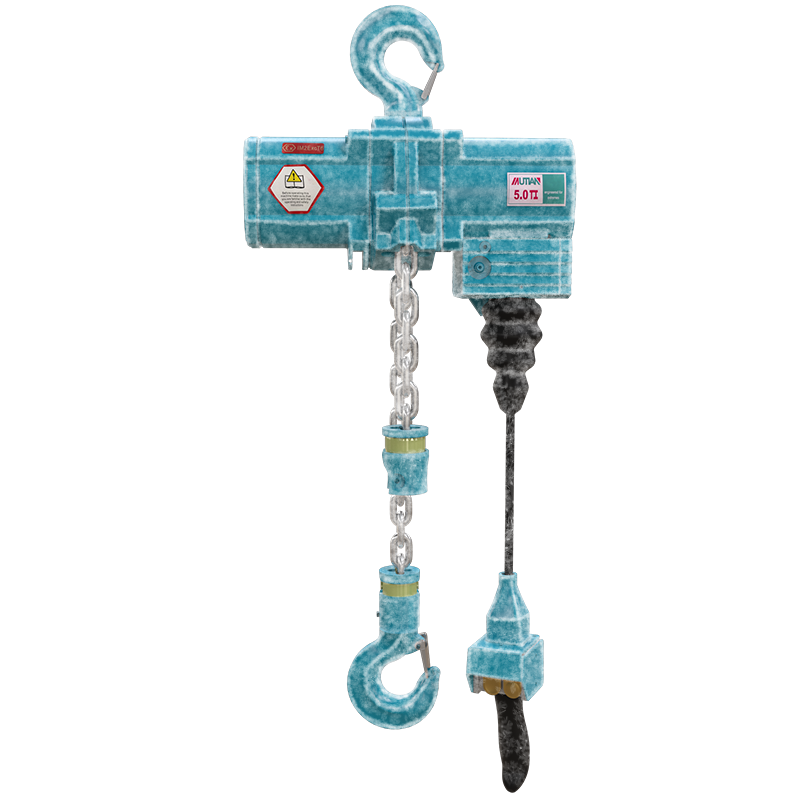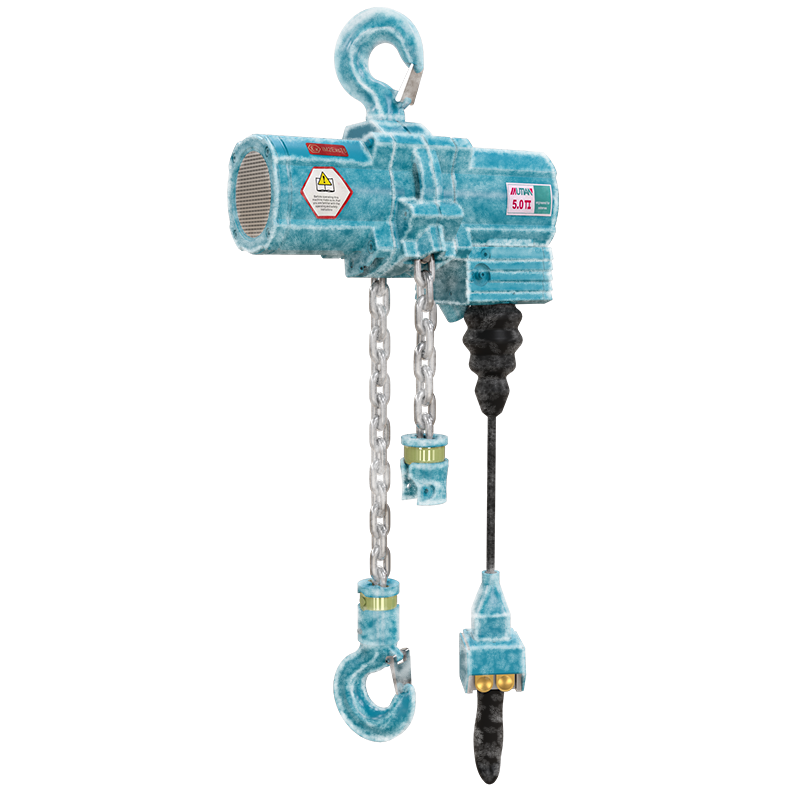 中文版
中文版



Welcome to contact us by phone:0086-0312-7969888
The specific temperature range at which a low-temperature-resistant pneumatic hoist can effectively operate will depend on the design and engineering of the hoist, as well as the materials and components used in its construction. Manufacturers typically specify the operating temperature range in the product documentation or technical specifications. It's crucial to refer to the manufacturer's guidelines for accurate information.
In general, low-temperature-resistant pneumatic hoists are designed to withstand sub-zero temperatures commonly encountered in cold environments. The operating temperature range for these hoists is often specified in degrees Celsius or Fahrenheit.
As an example, low-temperature-resistant pneumatic hoists may be engineered to operate in temperatures as low as -20°C (-4°F) or even lower. However, the exact temperature tolerance can vary between different hoist models and manufacturers.
Key features that contribute to the low-temperature resistance of pneumatic hoists include:
Cold-Resistant Materials:
The use of materials that maintain their mechanical properties and flexibility in low temperatures, such as cold-resistant alloys and polymers.
Sealed Components:
Seals and gaskets designed to remain flexible and effective in cold conditions, preventing the ingress of moisture and maintaining air-tightness.
Freeze-Resistant Design:
Features that prevent critical components from freezing, such as freeze-resistant air lines and specially designed mechanisms.
Specialized Lubrication:
Lubricants formulated to remain effective at low temperatures, ensuring smooth operation of moving parts.
To determine the specific temperature range for a particular low-temperature-resistant pneumatic hoist, users should consult the hoist's technical documentation provided by the manufacturer. Using the hoist within its specified temperature range is crucial for optimal performance, safety, and longevity, and exceeding these limits can lead to operational issues and potential damage to the hoist components.


X